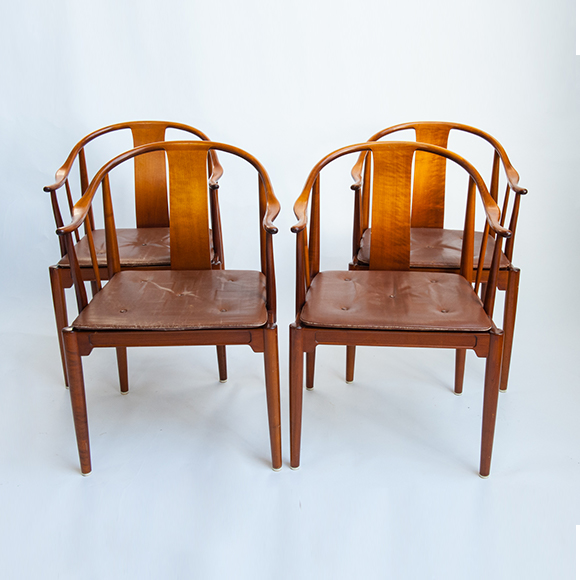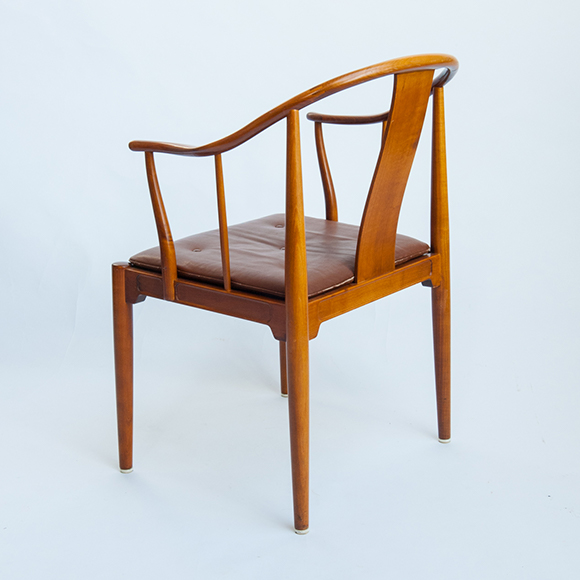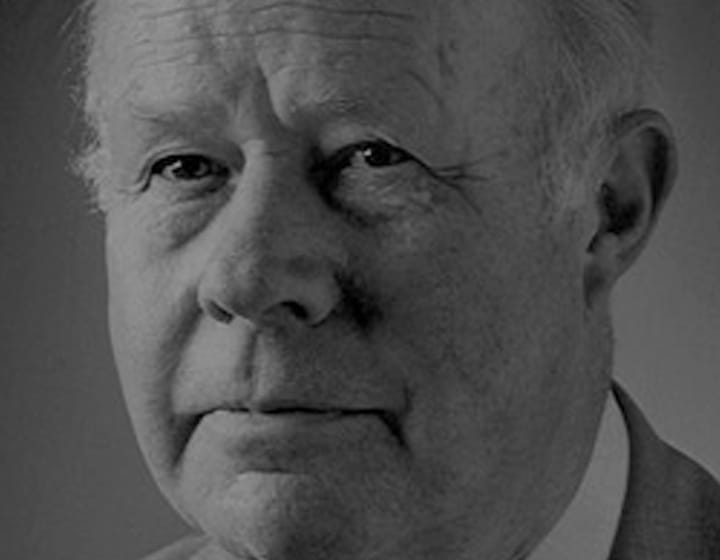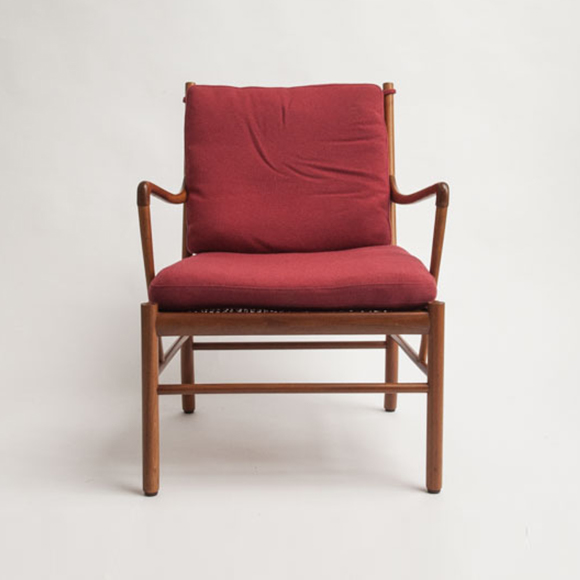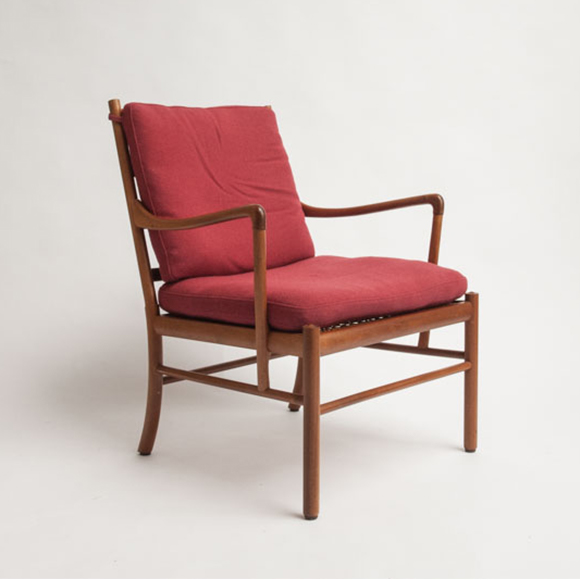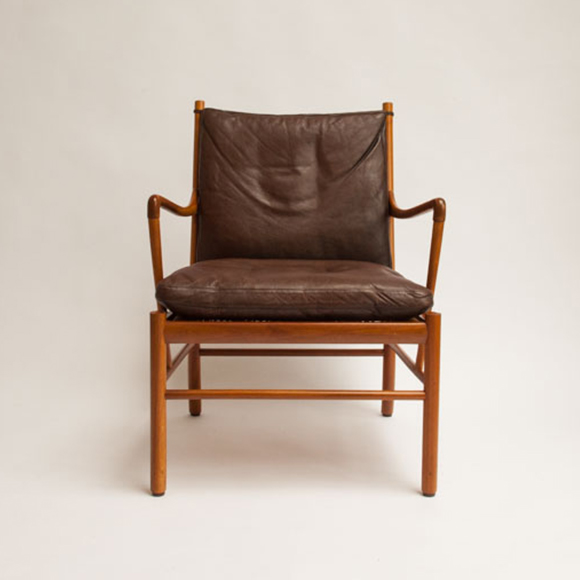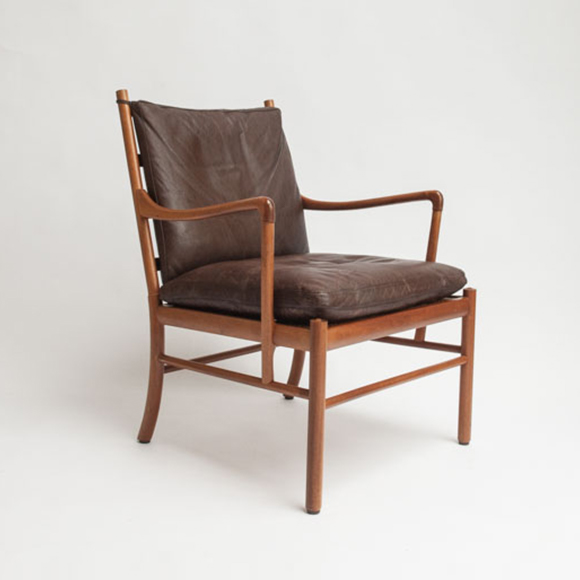Throughout his career Wanscher designed a number of elegant pieces in traditional materials that adopted modernism’s interest in mass-producing furniture that was affordable to a large percentage of people. Following his craftsman’s love of perfection, he also produced several luxury designs in limited editions. Wanscher came to the study of furniture design on trips through Egypt and Europe with his father who was researching the history of fine arts. In addition to the Egyptian furniture, Wanscher was heavily inspired by English period furniture, Greek and Chinese furniture. Along with other designers, like Finn Juhl and Børge Mogensen, Wanscher was developing the technique of the ‘unsupported arm,’ which gave the seat and back a somewhat unhinged and even animated quality and was used on this chair. He also designed a 1951 rocking chair for France and Søn with a curved, organic profile and a square rocking base. A 1960 folding ‘Egyptian Stool,’ mimicked the shape of a 3,000 year old stool, a form he probably came across on his early travels. In 1962 he designed a more luxurious chair in rare Brazilian rosewood, with a woven horsehair seat, reminiscent of a 1959 rosewood and leather armchair and ottoman for P. Jeppesen.

